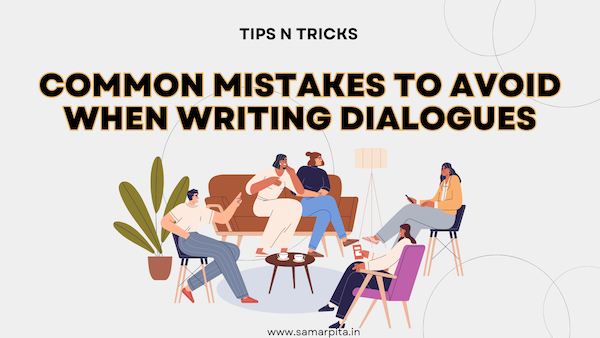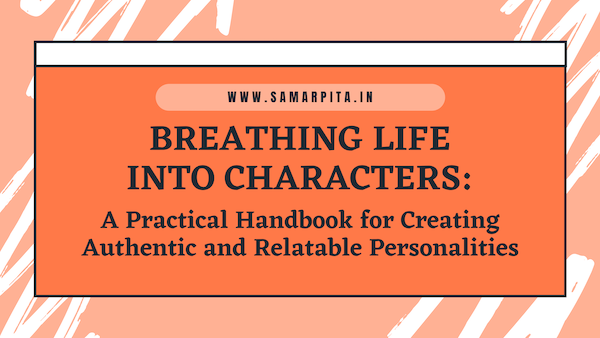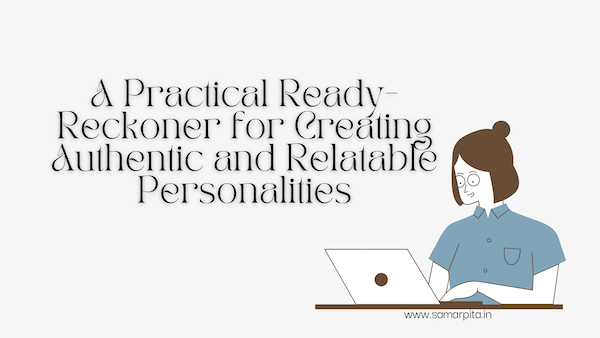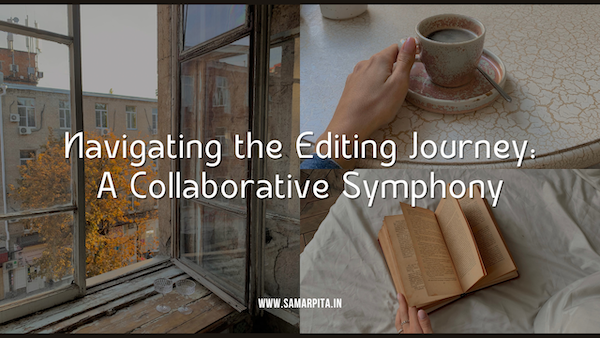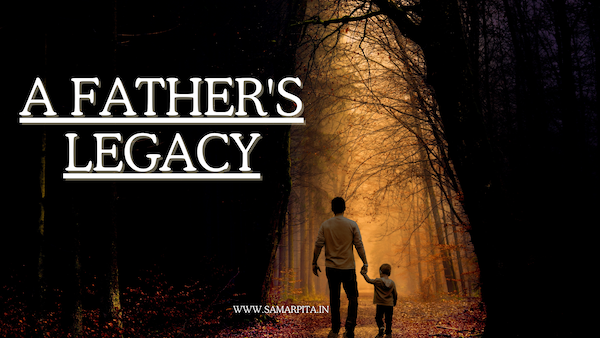In today’s digital age, personal branding has become an essential aspect of personal and professional development. As the world becomes increasingly connected through online platforms, individuals must present a clear, consistent, and compelling image to stand out and achieve their goals. Personal branding involves shaping and managing your public persona to create a positive impression and establish a unique identity in your industry or field. Let’s explore why personal branding matters and how it can benefit individuals in their careers and personal lives.
Also Read: Crafting Well-Rounded and Relatable Characters with Depth
Establishing a Strong Online Presence
One of the most significant reasons personal branding matters today is the prevalence of online interactions. Employers, clients, and colleagues often research individuals online before engaging with them. By developing a strong personal brand, you can control the narrative and showcase your skills, expertise, and values. A well-curated online presence can open up opportunities for career advancement, partnerships, and collaborations.
Also Read: A Ready-Reckoner To Write Authentic and Relatable Personalities
Building Trust and Credibility
A consistent personal brand helps establish trust and credibility with your audience. When people see that you have a clear mission and vision, they are more likely to believe in your capabilities. Sharing valuable content, insights, and experiences through blogs, social media, or other platforms further solidifies your authority in your field. Trust is a key factor in building strong relationships, whether with potential employers, clients, or peers.
Also Read: Crafting Captivating Openings: A Guide to Grabbing Readers’ Attention
Differentiating Yourself from the Competition
In a crowded job market or industry, standing out can be challenging. Personal branding allows you to differentiate yourself from others by highlighting your unique strengths and qualities. By focusing on what makes you special, you can create a memorable impression and make it easier for others to remember you when opportunities arise.
Also Read: 8 ways blogging for business can benefit your business
Enhancing Career Opportunities
Personal branding can significantly impact your career trajectory. A strong personal brand can lead to job offers, promotions, and other opportunities. Employers and clients are more likely to choose individuals who present themselves professionally and align with their values and goals. By positioning yourself as an expert in your field, you can attract the right opportunities and advance your career.
Also Read: How to Use Feedback from Editors to Improve Your Writing
Building a Network of Support
Personal branding can help you build a network of like-minded individuals who share your values and interests. By engaging with others in your industry, you can gain valuable insights, share experiences, and collaborate on projects. A robust network can provide support, mentorship, and resources that contribute to your personal and professional growth.
Also Read: Ten Crucial Editing Skills Every Writer Needs
Creating a Lasting Impact
Through personal branding, you can leave a lasting impact on your audience. By sharing your experiences and knowledge, you inspire and influence others. Your personal brand can become a source of motivation for those looking to follow in your footsteps. This legacy can be a rewarding aspect of personal branding, contributing to your sense of fulfillment and purpose.
Also Read: Punctuation Magic: Making Your Writing Clear and Stylish
Boosting Confidence and Self-awareness
The process of developing a personal brand requires introspection and self-awareness. You need to identify your strengths, values, and goals to craft a compelling personal brand statement. This self-discovery can boost your confidence and help you make more informed decisions in your personal and professional life.
Adapting to Change
Personal branding is not a one-time task; it is an ongoing process that evolves with your career and personal growth. As you adapt to changes in your industry and life, your personal brand should reflect these developments. By staying current and relevant, you ensure that your brand remains impactful and aligned with your goals.
Also Read: Content Marketing Metrics That Drive Small Business Success
In conclusion, personal branding matters more than ever in today’s digital age. It allows individuals to establish a strong online presence, build trust and credibility, and differentiate themselves from the competition. By enhancing career opportunities and building a network of support, personal branding can lead to lasting impact and personal growth. Whether you’re just starting your career or looking to advance further, investing time and effort into personal branding can bring significant benefits to your professional and personal life.
***
If you are looking for an excellent manuscript editor, someone to create content for your business, or an expert to help build your personal or professional brand on social media, then look no further and connect with me at editor@samarpita.in I can be followed on instagram at @samarpita and on twitter at @samarpitadotin.
***********
Read my ebook WRITE. EDIT. PROMOTE. to learn the basics about becoming an author – from writing your own book, to editing your first draft, and to promoting your book yourself! You can also read my ebook How To Write A Story Effectively and learn some valuable lessons about how a story can go from average to extraordinary. This book is part 1 of the series.
In fiction, I have two short stories for children in an ebook called Bedtime Stories.



